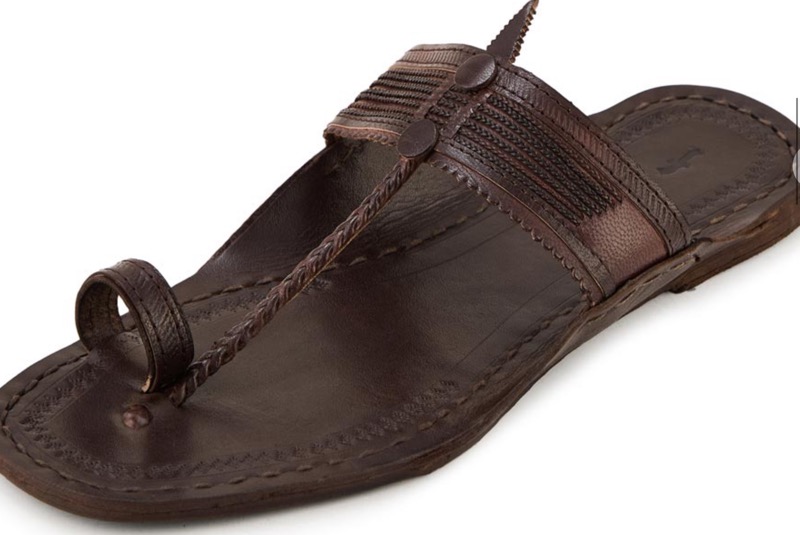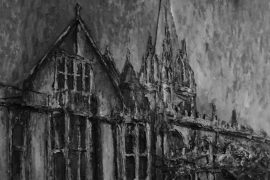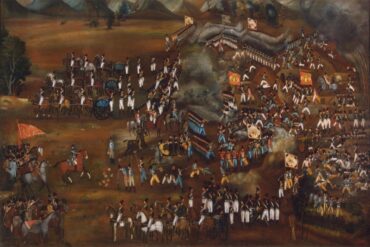The Kolhapuri chappals are the ‘OG of footwear.’ They are Indian—authentically Indian. They do not come with fanciful, marketable taglines. Yet, they are wonderful; they look good on jeans as well as ‘ethnic’ Indian wear.
Thankfully, Barbie does not wear them, nor does she patronise them. She does not promote them aggressively in her commercials and films as she does for Birkenstocks.
The Kolhapuris are beautiful handmade leather chappals loved and worn by royalty—Kings and queens, Princes and princesses—and commoners. They are recyclable, yet they last long. They provide employment and livelihood to millions of small and medium entrepreneurs, particularly from the lower socio-economic strata.
They have a distinct look and feel and are part and parcel of Indian history, tradition and culture. But they don’t rub heritage and tradition in your face. The Kolhapuri Chappals are loved by one and many. But what is the history of Kolhapuri chappals? How did they evolve into modern-day variants?
The Kolhapuri chappal began its journey on foot in twelfth-century Kolhapur. King Bijjala of Karnataka encouraged the production of footwear to help the cobbler community. But it did not pick up as was expected. It picked up only in the thirteenth century.
Chhatrapati Shahu Maharaj and his son Rajaram wore the Kolhapuri chappal on their feet, which increased its popularity. But it gained speed when the Saudagar family that made it saw success in their business and demand in the retail stores of Mumbai. It got them to teach their craft to other people.
The version the Saudagars made for commercial use differs from the earlier version, known as Kanwalis. They were much thinner and appeared to have ears in the form of two side flaps. Hence the name. The footwear was locally known as ‘Pie-taan’ before it earned the name ‘Kolhapuri’ in the 18th century.
It was soon branded and spread to other parts of Maharashtra. From there, it walked south to places like Karnataka, Telangana and Andhra Pradesh, where it is sold even today.
Originally, the chappals were made from the hide of cows and bulls—the Mahar-Maang community belonging to the Scheduled Caste provided hide by collecting carcasses of these animals from villages. The Chambhar caste would make the chappal, and the Dhor caste would tan it. Overall, the chappal-making process has historically belonged to the scheduled castes.
Since 2015, there has been a ban on cow, bull and ox slaughter in Maharashtra. This made it difficult for the ones producing the chappal. The Mahar-Maangs, who only collect carcasses of bovines that die on their own, no longer bring hide to the manufacturers because they fear that they will be assumed to have killed and be killed themselves.
The hide is now bought from Karnataka and Tamil Nadu instead. Sometimes, the hide is treated chemically in these places, which, to some extent, makes the chappal lose its authenticity. Another thing that is affecting authenticity is the chappals made in factories. Traditionally, Kolhapuris were handmade. Now, however, there are means to make them synthetically.
China also tapped into the market long ago. China has been manufacturing Kolhapuri chappal in droves to sell in the Indian market. As is already known, their manufacturing process is faster, cheaper, and in large quantities. They give tough competition to the authentic makers of the chappal.
Kolhapuri chappals received a Geographical Indication (GI) tag in 2019 after a ten-year wait. Yet the authenticity of the chappal is slowly dying out. Many tanneries in Kolhapur that made the chappal have closed down. The number of people employed in the industry is dwindling. If this continues, Amitabh Bachchan won’t have Kolhapurichappals made of hard leather to hit people with.
-30-
Copyright©Madras Courier, All Rights Reserved. You may share using our article tools. Please don't cut articles from madrascourier.com and redistribute by email, post to the web, mobile phone or social media.Please send in your feed back and comments to [email protected]











